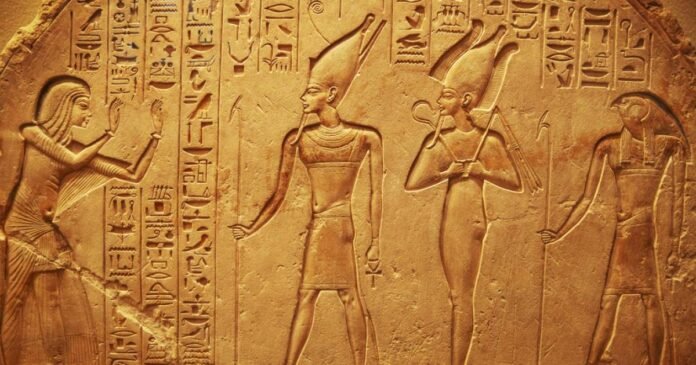Introduction: The Allure of Ancient Art Techniques
For thousands of years, civilizations have expressed their beliefs, stories, and daily lives through art. From the cave paintings of Lascaux to the intricate mosaics of Rome, ancient art remains a testament to human creativity and craftsmanship.
If you’re an art enthusiast or a DIY creator looking for inspiration, understanding these ancient techniques can unlock new creative possibilities. In this blog, we’ll journey through the most influential ancient art forms, their methods, and how you can incorporate them into your own projects.
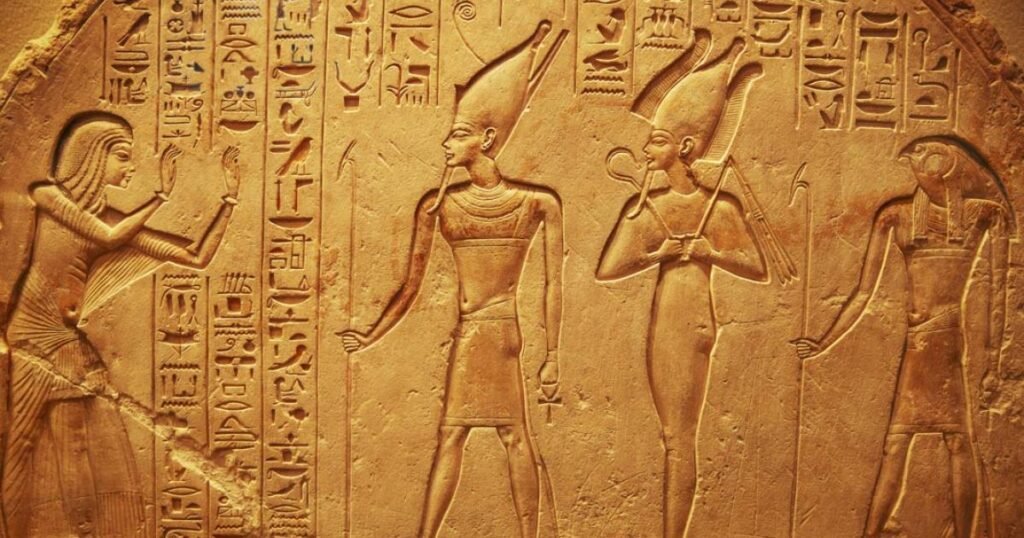
1. Mesopotamian Art: The Birth of Civilization’s Creativity
Relief Sculptures & Cylinder Seals
Mesopotamia, the land between the Tigris and Euphrates rivers, was home to some of the earliest artistic innovations. Their relief sculptures adorned palace walls, depicting scenes of war, mythology, and royal ceremonies. These carvings were often painted in vibrant colors, though time has faded many of them 4.
One fascinating invention was the cylinder seal, a small engraved stone rolled onto clay to create intricate designs. These were used as signatures or amulets, showcasing detailed storytelling in miniature form 4.
DIY Idea: Try carving your own miniature relief on air-dry clay or soapstone, inspired by Mesopotamian motifs.
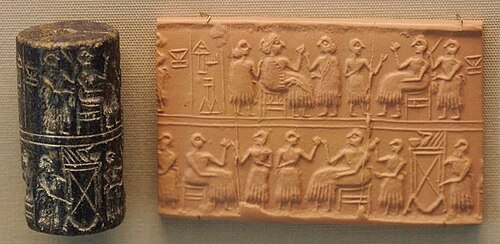
2. Egyptian Art: Symbolism and Eternal Beauty
Frescoes & Hieroglyphics
The Egyptians perfected fresco painting, applying pigments onto wet plaster for long-lasting murals. Their tombs and temples feature vivid depictions of gods, pharaohs, and daily life, using symbolic colors like blue (Nile’s life-giving waters) and gold (divinity) 19.
Hieroglyphics, their written language, blended art and communication seamlessly. Each symbol was carefully crafted, often painted in rich mineral pigments like lapis lazuli and ochre 9.
DIY Idea: Create a faux-Egyptian fresco using plaster of Paris and natural pigments.

3. Greek & Roman Art: Realism and Innovation
Frescoes, Mosaics, and Lost Techniques
The Greeks and Romans elevated realism in art. The frescoes of Pompeii, preserved by volcanic ash, reveal stunningly lifelike portraits and mythological scenes. Roman artists used mosaics—tiny colored stones or glass (tesserae) arranged into intricate patterns—to decorate floors and walls .
A lost technique? Encaustic painting, where pigments were mixed with hot wax for a luminous finish. Some Roman-Egyptian mummy portraits still retain their brilliance today .
DIY Idea: Make a mini mosaic using broken tiles or colored paper.

4. Ancient Chinese & Indian Art: Silk, Ink, and Spirituality
Silk Paintings & Ajanta Cave Murals
China’s silk paintings from the Han Dynasty (206 BC–220 AD) showcased delicate brushwork, often depicting landscapes and courtly life. Meanwhile, India’s Ajanta Caves (2nd century BC–6th century AD) feature Buddhist murals with rich narratives and natural dyes 8.
DIY Idea: Try ink wash painting on rice paper or fabric, mimicking ancient Chinese techniques.
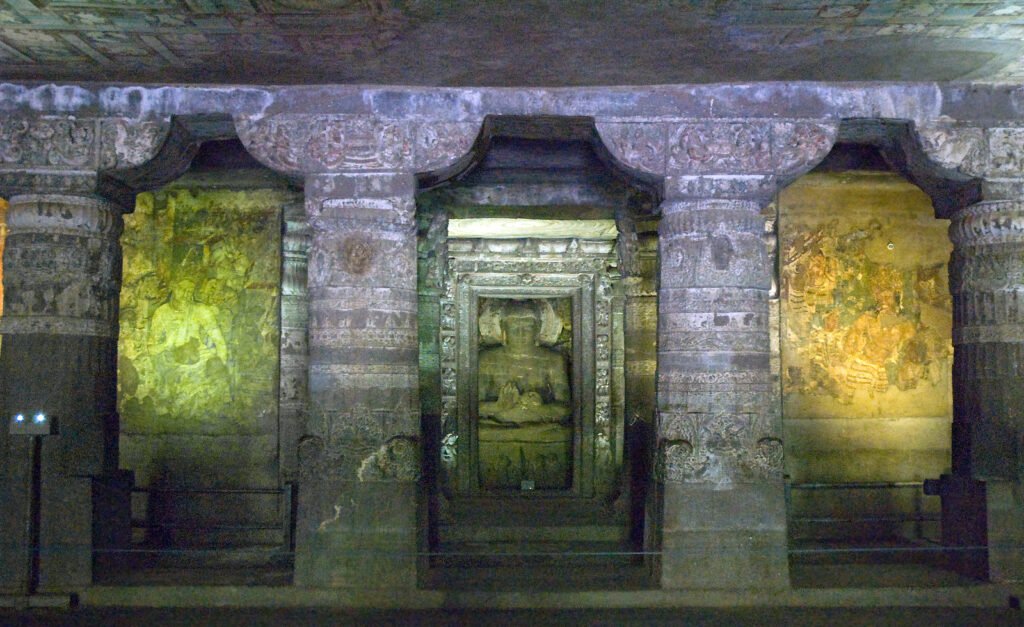
5. Preserving Ancient Art: Modern Techniques Meet Tradition
Today, scientists use nanoparticles and lasers to restore ancient frescoes without damaging them. For example, Italian researchers cleaned the Santa Tecla catacombs using precise laser ablation, revealing hidden Christian artworks 13.
DIY Takeaway: If restoring old art, research gentle cleaning methods like distilled water and soft brushes.
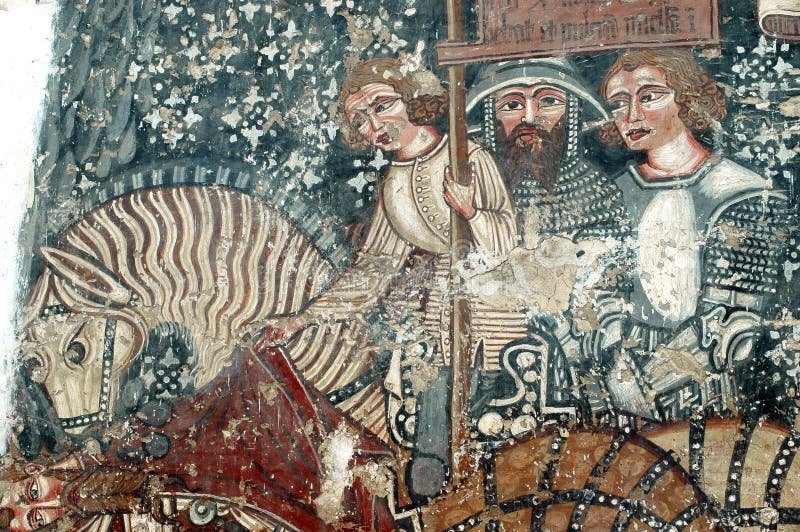
Please Check More Ancient Art Work Click Here ->
